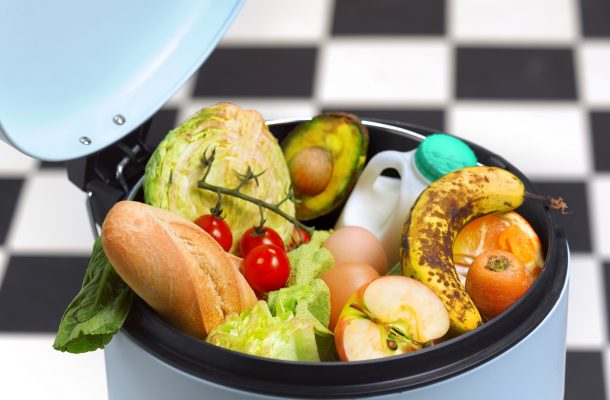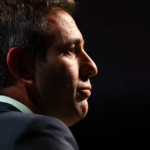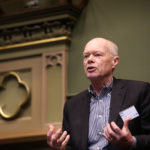Swiping away food waste

Australian food waste costs $20 billion a year, making the nation the world’s fourth highest food waster per capita. A third of the waste is generated by households and costs the average family $195 a month (Fight Food Waste CRC Annual Report 2018-2019).
A research project led by Dr Jenny Hou from QUT’s Digital Media Research Centre and School of Communication is examining how to measure the effectiveness of social media campaigns in reducing food waste. Early findings suggest they can change behaviour, especially when tapping into cultural identity and aesthetic factors.
The researchers say social media campaigns work best as part of a broad promotional mix and when they are fun and inspirational rather than preachy. And TikTok could be the best platform for the purpose.
“Food waste contributes to 30 per cent of greenhouse gasses and presents a major global sustainability challenge,” said the Principal Chief Investigator Dr Jenny Hou.
“Yet it is also a mundane, everyday phenomenon. Unlike veganism, climate change or animal activism, it does not tend to polarise public opinion, so public educational campaigns can link behavioural change to mainstream values like saving money.
“Social media campaigns are increasingly used for public education and intervention on food waste. These include the United Nations’ “Think.Eat.Save. Reduce your foodprint”, the UK’s “Love food hate waste”, America’s “Food recovery challenge”, and Australia’s “Fight food waste: it’s easy as”.
“These are catchy, but little is known about how influential they have been. They may attract lots of ‘traffic’, but evaluation of social media’s effect is a common puzzle across all public education/intervention scenarios, including road safety and anti-smoking campaigns.”
Social media: The real impact on food waste reduction beyond the swipe or the click is funded by Australia Government Cooperative Research Centre Fight Food Waste and the NSW Environment Protection Authority.
It aims to develop a comprehensive framework of evaluating the impact of social media campaigns on changing people’s food waste behaviour beyond social media analytics (e.g., likes, comments, shares) which are only indicative of awareness building.
“Social media are definitely useful in getting a conversation going and creating movements. To truly evaluate the impact of social media campaigns on behaviour though, we need to link to specific end behaviours being asked for,” said Dr Hou.
“So, you distinguish between what we call ‘vanity’ metrics which is when people sign up for a program or download an app, and actual food waste-related behaviour such as buying less, shopping locally and cooking leftovers which shows up via personal data collection,” said Dr Hou.
“Then there is what is known as a ‘staged’ behaviour which is performed in social media, like a cooking show or Instagrammable ‘food porn’ but not necessarily saving food, and individual versus collective/household food waste reduction to consider.
“To create a viable method to reduce food waste, multiple stakeholders need to be involved – farmers, retailers, producers, consumers, environmentalists, activists, community groups and policy makers.
“Behavioural change often arises from positive emotion so making a campaign that is fun and inspiring to participate in will work better than one that is designed to shame people.
“It could be useful to test actual behavioural change through ‘gamification’, where people are asked to honestly record daily waste where they can see the reward. So, a ‘fridge challenge’ like the ALS ice bucket challenge but the challenge would be cooking leftovers.
“TikTok is potentially the best platform to promote behavioural change because of its participatory work design in which people translate and transform ordinary life moments. This can then be shared across other platforms.”
Dr Hou said the research would result in an Evaluation Wheel and Framework of Social Media Impact toolkit that can be drawn from by practitioners, managers, and industries to measure their return on investment in social media campaigns/projects.
Her fellow researchers on the project are Professor Amanda Lotz, Professor Greg Hearn and Dr Kelly Lewis.
Open Forum is a policy discussion website produced by Global Access Partners – Australia’s Institute for Active Policy. We welcome contributions and invite you to submit a blog to the editor and follow us on Twitter, Facebook, Linkedin and Mastadon.













